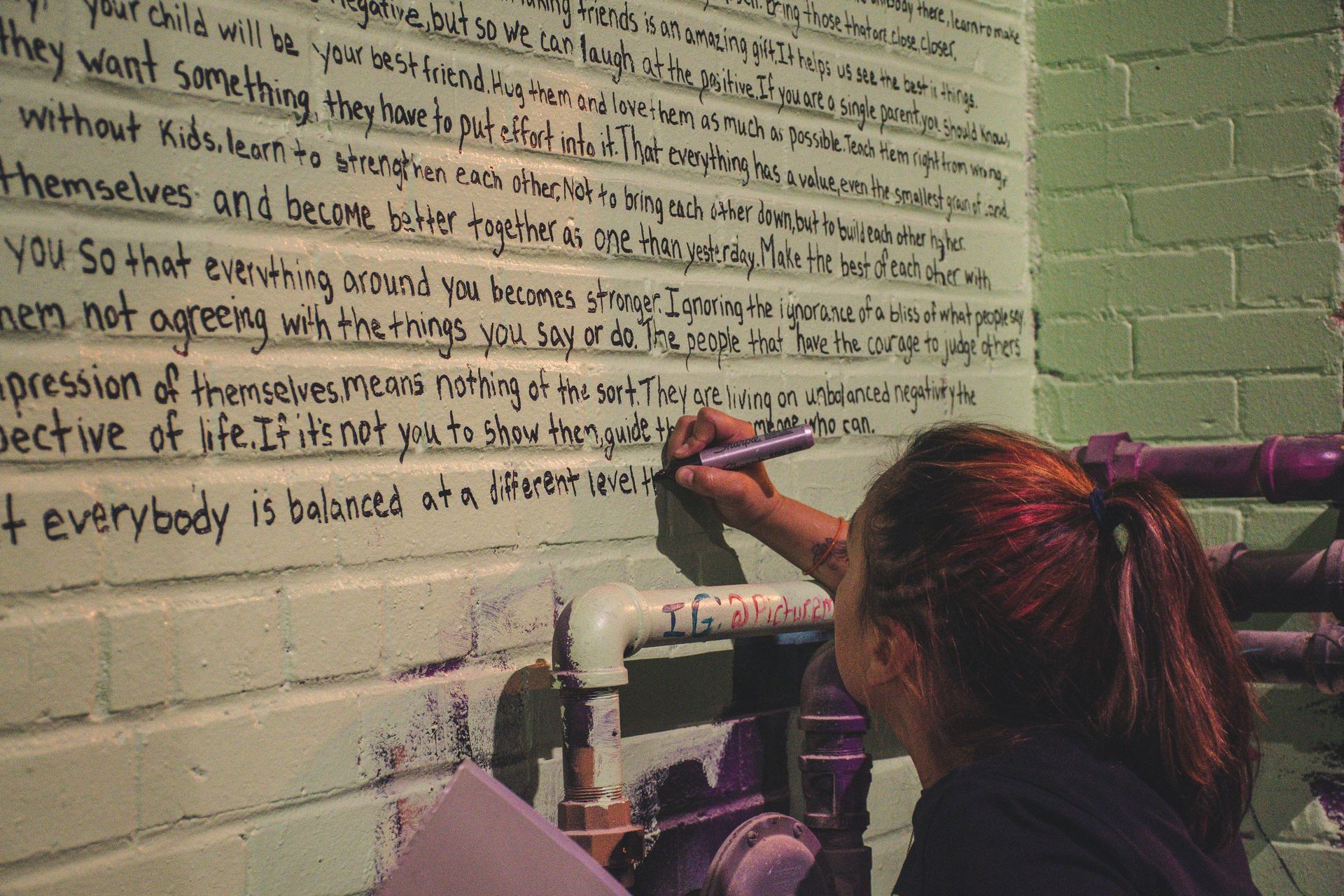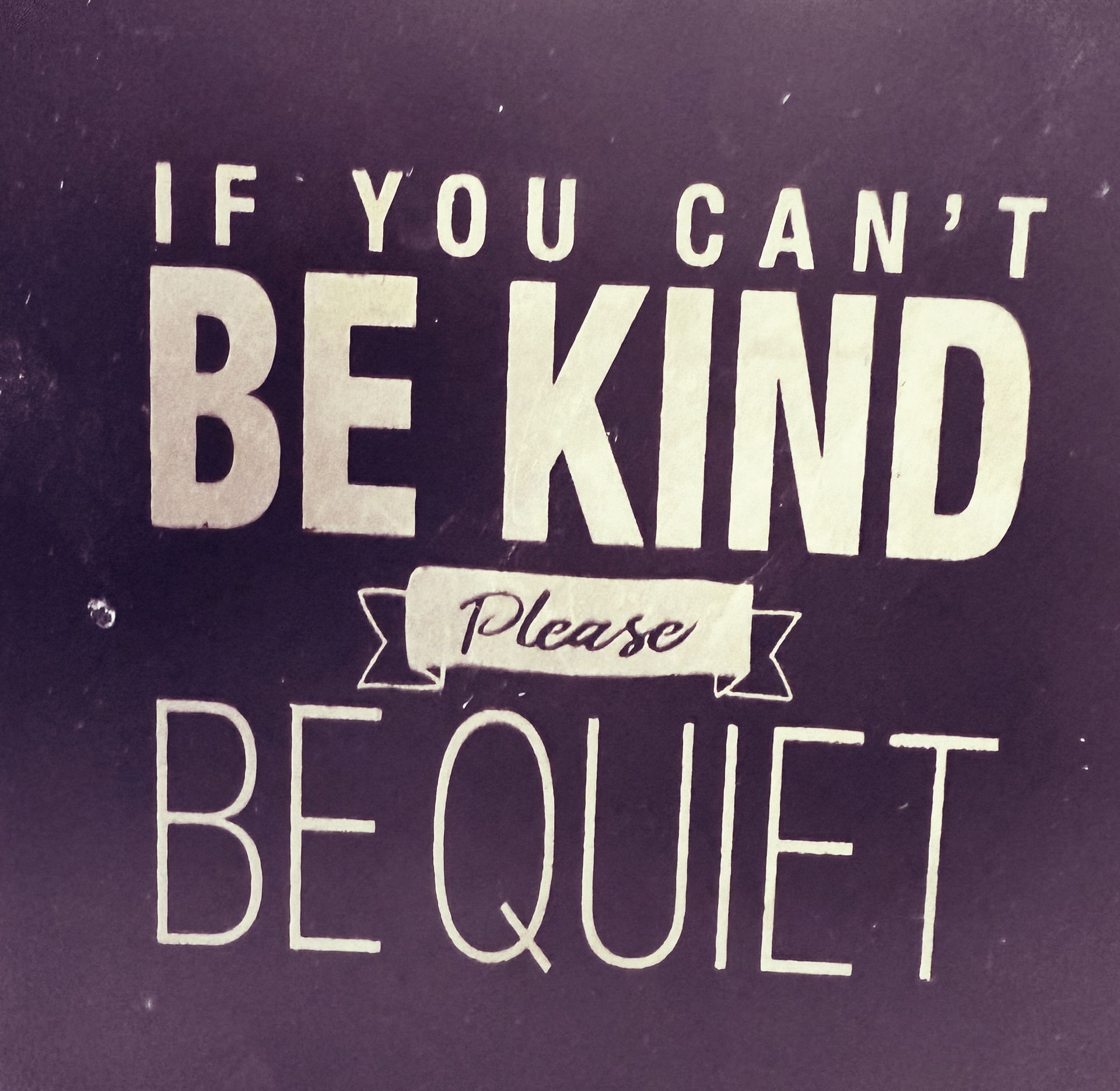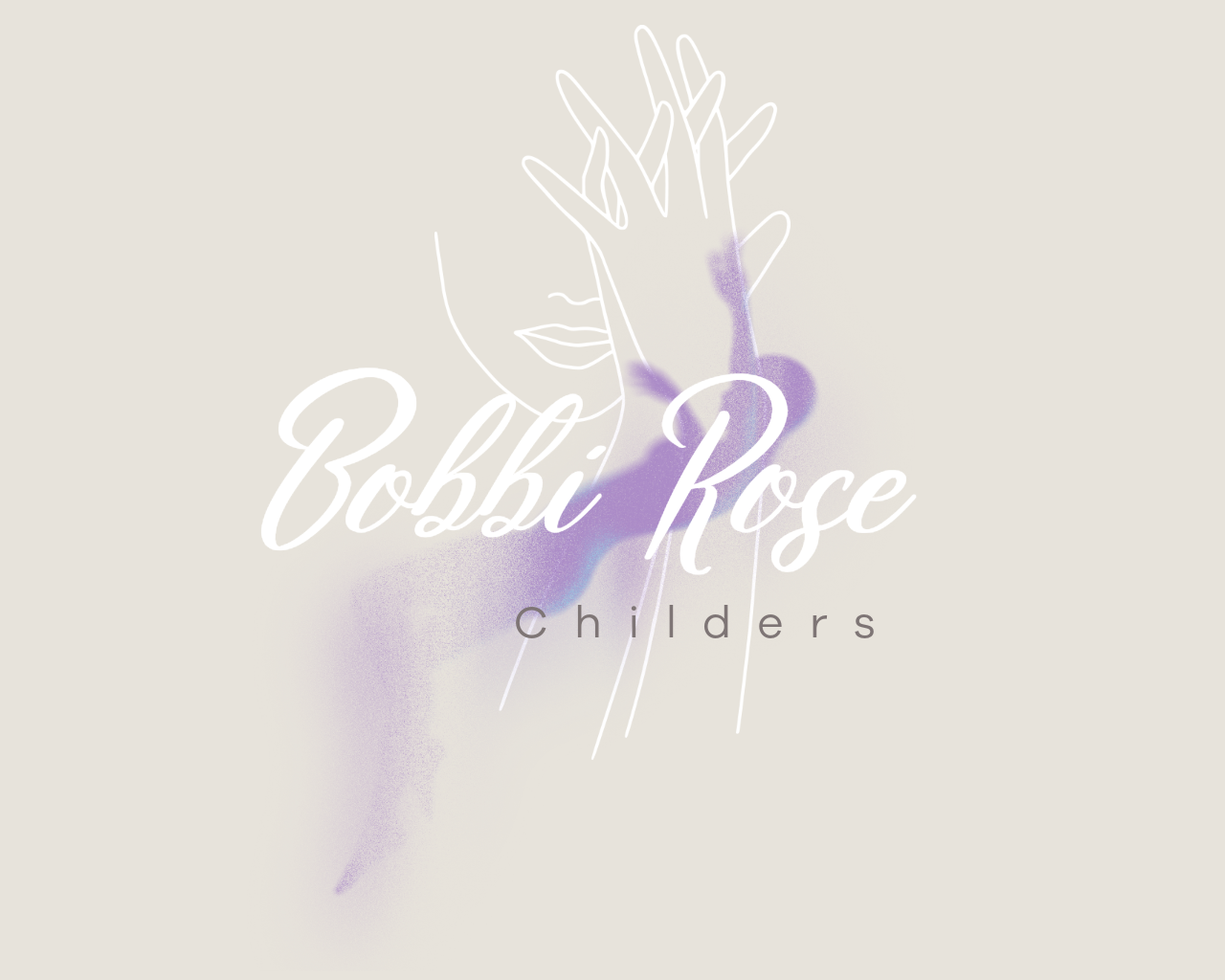A lesson in making the choice to choose yourself.

It was like Groundhog Day. Each day, returning to the school building, I thought, "How will I do this?" I am unsure what was more challenging, hearing the students' frustrations or feeling suffocated by the limitations, preventing many challenges in addressing many things. Every one of them came through the doors daily with their struggles, lives that carried difficulties, and their motivations for showing up every day. The hardest part of the work was hearing what was being said but unable to listen with any hope of helping. I leaned in on what I knew best: the nursing profession.
I knew there was no way I could single-handedly make the change that those students needed to see, but I could try to show them that I understood. If I couldn't tell them what I so desperately wanted to say to help them advocate for themselves, I could contribute to building them up and not allowing forces they could not control to determine their futures. As they continued to express their challenges and share their frustration with practices affecting their learning, I couldn't simply say, "Yes, I know that this school is failing you, and there is so much wrong." I couldn't tell them about the hills I was continually massacred on in their interest. Despite the rumblings among students and growing tensions from all of these instances, I couldn't turn away from trying to demonstrate the profession's promise if embraced with respect and reverence.
One day, I had an idea. I introduced the concept of empathy and perseverance. I walked into the classroom full of disgruntled and exhausted students to change the atmosphere. In my back pocket was this piece of paper I had written "perseverance" on with a random dry-erase marker. On a small corner of the whiteboard, I had already written discretely the definition of perseverance. As the class struggled to settle, encouraging them to gather their attention to the front of the room, I could hear the "huffs and puffs" from the crowd in the presumption of another painstaking announcement or notice. Instead, I instructed them to each take out a piece of paper and write down all the things that get in their way each day, making them not want to come to class or make them want to give up. Of course, students uncomfortable sharing were told to think of these things simply; no student would be asked to share what they thought of or write down, and the paper would be theirs to keep.
As the students were getting ready to begin the prompt, I shared that my "paper" would be the whiteboard, and as they wrote, I would write too. They began to write, and so did I. My list read: death of a loved one, single-parent home, childhood poverty, car accident, loss of job, teenage suicide attempt, sexual assault, domestic violence, alcoholism, drug abuse, family court, divorce, and chronic illness...among others. As I realized some students had finished and had started to read my list, I turned around and said, "I think that is probably enough." I shared with the students that every day when we all, myself included, walk through the doors of the building, we all come with our "list." We are all living the human experience, all on a journey at different times and places on that road.
I challenged them to think about how they can gift themselves taking advantage of their education for the time they are there. I pulled my actual paper out of my pocket. I demonstrated folding it up, asking them to join me, and symbolically putting those items on pause while we were all together so they could engage with their learning and persevere in the classroom to reach their graduation goal. I called their attention to the definition on the board and asked if anyone knew what this was. Inevitably, someone always knew. The final act in the activity was to have them write "persevere" on their paper and put it away, just for the moment. The class wrapped up with the Cleveland Clinic video "Empathy: The Human Connection to Patient Care." Many students find this video very emotional. Some cry, some find their connection to nursing, and some ask to leave the room midway. But the footage connects them to the need for compassion.
The student's struggles and frustrations did not change that day. What changed was how that group of students saw their ability to interact within their world as active participants where they could exercise choice and control. Welcome to the profession for those students who persevered and continued doing what was difficult in the face of difficulty or opposition. Perseverance is not always visible.
After that day, I returned to the building, thinking, "How will I do this?"


